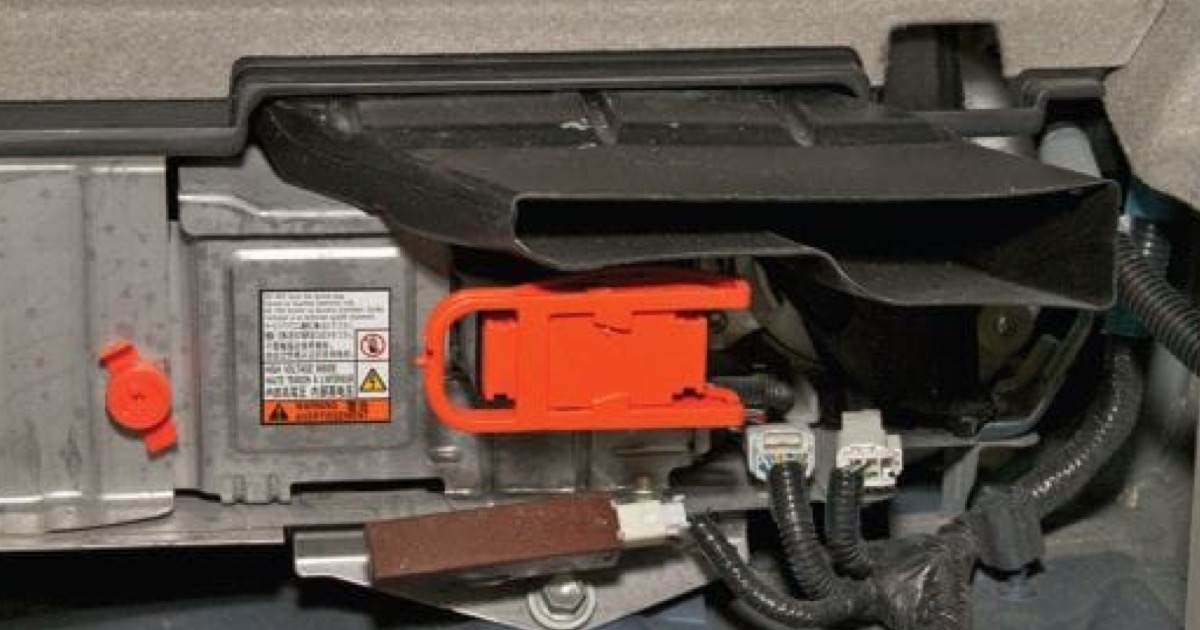From shop equipment to high-tech vehicle systems, learning how to safely work with electrical systems and equipment is a fundamental skill for today’s automotive students. As an instructor, you know electrical safety is no joke, since students could be injured or killed quickly from working unsafely. You also know that as your students learn, it’s likely they’ll forget a few things. But how do you ensure that the worst thing they forget is their homework, instead of important safety precautions?
We’ve previously discussed how to reinforce safety practices around vehicle lifts and making sure students are prepared to deal with accidents and emergencies. Applying those practices will be good preparation for dealing with safety when working around electricity.
Emphasizing the Importance of Electrical Safety
Before beginning work in the shop area, students should understand the risks involved in working with electrical systems and equipment. For many students, it’s all too easy to believe serious accidents can’t happen in a classroom or shop environment.
Instructors should clearly emphasize just how important it is to follow all safety guidelines, especially when it comes to electricity. Remind students that ignoring, skimping, or simply misunderstanding proper electrical safety practices can lead to shocks, burns, electrocution, fires, or even explosions. Any of these situations can result in serious injury or death.
It is easy for instructors to become lax in enforcing the rules of the shop, but remember that you and the students are only one bad decision away from a serious accident. So, reinforce the need for students to take the safety rules and procedures seriously by practicing them yourself and enforcing them diligently.
Safety Precautions
Part of emphasizing the importance of electrical safety includes making sure students follow all necessary precautions. This includes
- Wearing all personal protective equipment
- With high-voltage vehicle systems, that includes gloves rated specifically for the electrical work that is being performed.
- Taking off jewelry and watches, as the metal can conduct electricity
- Ensuring electrical systems are powered off before beginning work
Teaching the Basics
Students and teachers should know where to find all the electrical shutoffs or panels in the shop area. Instructors should also make sure that all circuit breakers and fuses are clearly labeled.
Remind students that electrical panels should never be obstructed by equipment or tools and that panel covers should always be closed, but not locked.
In addition, students should know
- How to shut off electricity to a work area in an emergency
- Not to connect multiple devices without a multi-outlet safety strip with a built-in circuit breaker
- Not to use extension cords to permanently supply power to equipment. Extension cords are approved only for temporary use.
Strategy-Based Instruction: How to Help Students Practice
Using Equipment
Besides knowing safety best practices for the shop area, students should know how to safely operate all power tools and equipment used in the shop. Start by introducing students to the basics for using any kind of electrical equipment:
- Checking extension cords and plugs before use for cuts, exposed wires, or other damage
- Never using cords that do not have a ground prong, unless the tool is double insulated
- Never using electrical equipment in wet conditions or around flammable materials
- Opting for air-operated tools instead of high-voltage tools in such situations
- Note: air tools that create sparks such as air grinders should never be used around flammable materials or vapors
- Opting for air-operated tools instead of high-voltage tools in such situations
High-Voltage Circuits
When teaching students how to work with high-voltage systems, such as those found in hybrid and electric vehicles, even more precautions must be taken to ensure safety.
Most importantly, students should not be allowed to work around these systems without proper training. This includes understanding how the vehicle operates, what voltage it operates on, how to identify the high-voltage circuits, which tools are required when working on high-voltage systems, and the manufacturer’s specific safety procedures required for working on the vehicle.
Encourage any questions and clear up any confusion or misunderstanding so students are well prepared before working on these vehicles.
Additionally, students should first learn:
- Where to find the manufacturer’s service information
- How to make sure the vehicle is completely powered off
- How to manually disable the high-voltage system
- Precautions when working with high-voltage powered accessories, such as power steering and air conditioning
If you’re looking for additional help teaching safety in your automotive course, check out the newest edition of Fundamentals of Automotive Maintenance and Light Repair, which addresses safety around high-voltage, high-pressure, and high-temperature systems, stop-start systems, and the new GHS hazardous materials guidelines.
